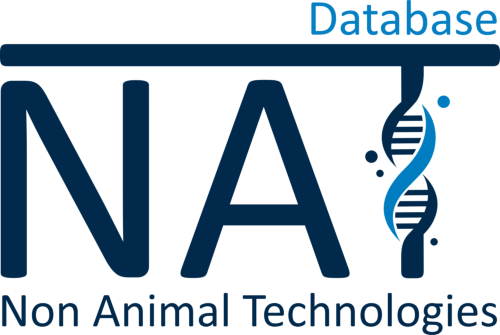Signalling pathways involved in metastasis
2016
University of Vienna, Vienna, Austria
Overexpression of aryl hydrocarbon receptor and cytochrome P450 1A1 is linked to the metastatic outgrowth of different cancers. However, the mechanisms underlying this causal correlation still remain elusive. Here, a 3D model based on a lymph endothelial cell monolayer and human breast cancer cell spheroid co-culture was developed to use modulatory strategies and elucidate the molecular basis of aryl hydrocarbon receptor and cytochrome P450 1A1-induced metastatic behaviour. The results showed that aryl hydrocarbon receptor-induced cytochrome P450 1A1 expression and 12(S)-HETE secretion by tumour spheroids, which induced retraction of lymph endothelial cell junctions and transmigration of tumour cells. This could be directly modulated by regulating the aryl hydrocarbon receptor. Furthermore, NF-kB and aryl hydrocarbon receptors were found to be negatively cross-regulated and the inhibition of either pathway was promoting the induction of the downstream targets of the other. Finally, these mechanisms could be inhibited by guanfacine and vinpocetine, leading to an inhibition of lymph endothelial cell monolayer breaching. Overall, the researchers propose a new model used to investigate metastatic mechanisms and elucidate new signalling pathways that can be targeted by currently available drugs.
AHR/CYP1A1 interplay triggers lymphatic barrier breaching in breast cancer spheroids by inducing 12(S)-HETE synthesis
Walter Jäger
Added on: 10-12-2021
[1] https://academic.oup.com/hmg/article/25/22/5006/2525926[2] https://data.jrc.ec.europa.eu/dataset/ffebe454-ed9a-47cf-8a33-8cf70c1b7d38





